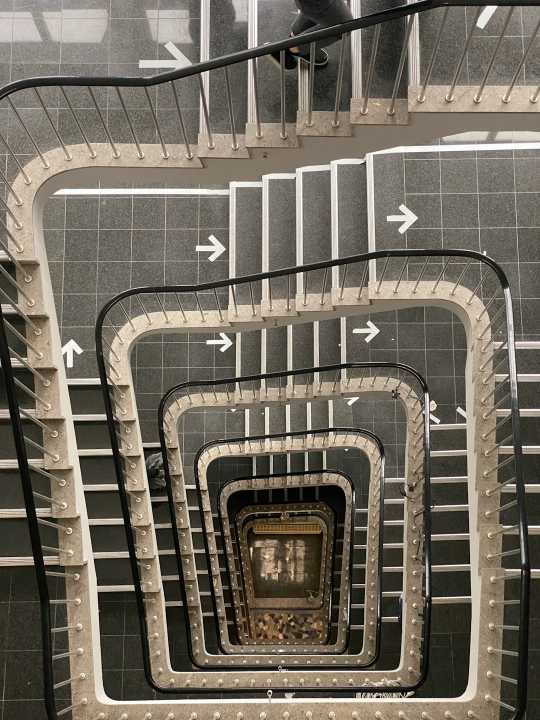Art has long been used as a form of expression and therapy for individuals who are struggling with mental health issues. Whether it be painting, drawing, dancing, or playing music, creativity has the power to heal and comfort those who are facing challenges in their lives. In this blog post, we will explore the relationship between art and mental health and how creativity can be a powerful tool in promoting healing and well-being.
One of the key benefits of using art as a form of therapy is its ability to provide a non-verbal outlet for expression. For many individuals who are battling mental health issues, articulating their feelings and emotions through words can be challenging. Art allows them to communicate their innermost thoughts and struggles through colors, shapes, and movements. This form of expression can be incredibly liberating and can help individuals process their emotions in a healthy and constructive way.
Moreover, engaging in creative activities has been shown to reduce stress and anxiety levels. The act of creating art can be a meditative and calming experience, allowing individuals to focus their attention on the present moment and let go of their worries and fears. Studies have shown that participating in art therapy can lower cortisol levels, a hormone associated with stress, and promote a sense of relaxation and well-being.
In addition to reducing stress, art therapy can also help individuals manage symptoms of depression and improve their overall mood. Creating art releases endorphins, the body’s natural feel-good chemicals, which can help to elevate mood and decrease feelings of sadness and hopelessness. Engaging in creative activities can also foster a sense of accomplishment and pride, boosting self-esteem and confidence.
Furthermore, art therapy can be a valuable tool for individuals who have experienced trauma or are struggling with PTSD. Creating art allows individuals to process their traumatic experiences in a safe and controlled environment, providing a sense of empowerment and control over their narrative. Art can serve as a form of catharsis, allowing individuals to release pent-up emotions and work through their trauma in a constructive and healing way.
It is important to note that art therapy is not limited to traditional forms of art such as painting or drawing. Creative expression can take many forms, including music, dance, writing, and photography. The key is to find a form of creativity that resonates with the individual and allows them to express themselves authentically.
In recent years, the benefits of art therapy have gained recognition in the mental health field, with many therapists incorporating creative activities into their treatment plans. Art therapy can be used in conjunction with traditional therapy approaches, such as talk therapy and medication, to provide a holistic and comprehensive treatment plan for individuals struggling with mental health issues.
There are also community-based art programs and organizations that offer art therapy services to individuals who may not have access to traditional therapy services. These programs provide a supportive and inclusive environment where individuals can explore their creativity, connect with others, and promote healing and well-being.
In conclusion, art therapy has the power to heal and transform the lives of individuals struggling with mental health issues. Creativity provides a non-verbal outlet for expression, reduces stress and anxiety levels, improves mood and self-esteem, and helps individuals process trauma and difficult emotions. Whether it be through painting, dancing, writing, or playing music, engaging in creative activities can be a powerful form of therapy that promotes healing and well-being. Art has the ability to transform pain into beauty and darkness into light, offering hope and healing to those who need it most.

